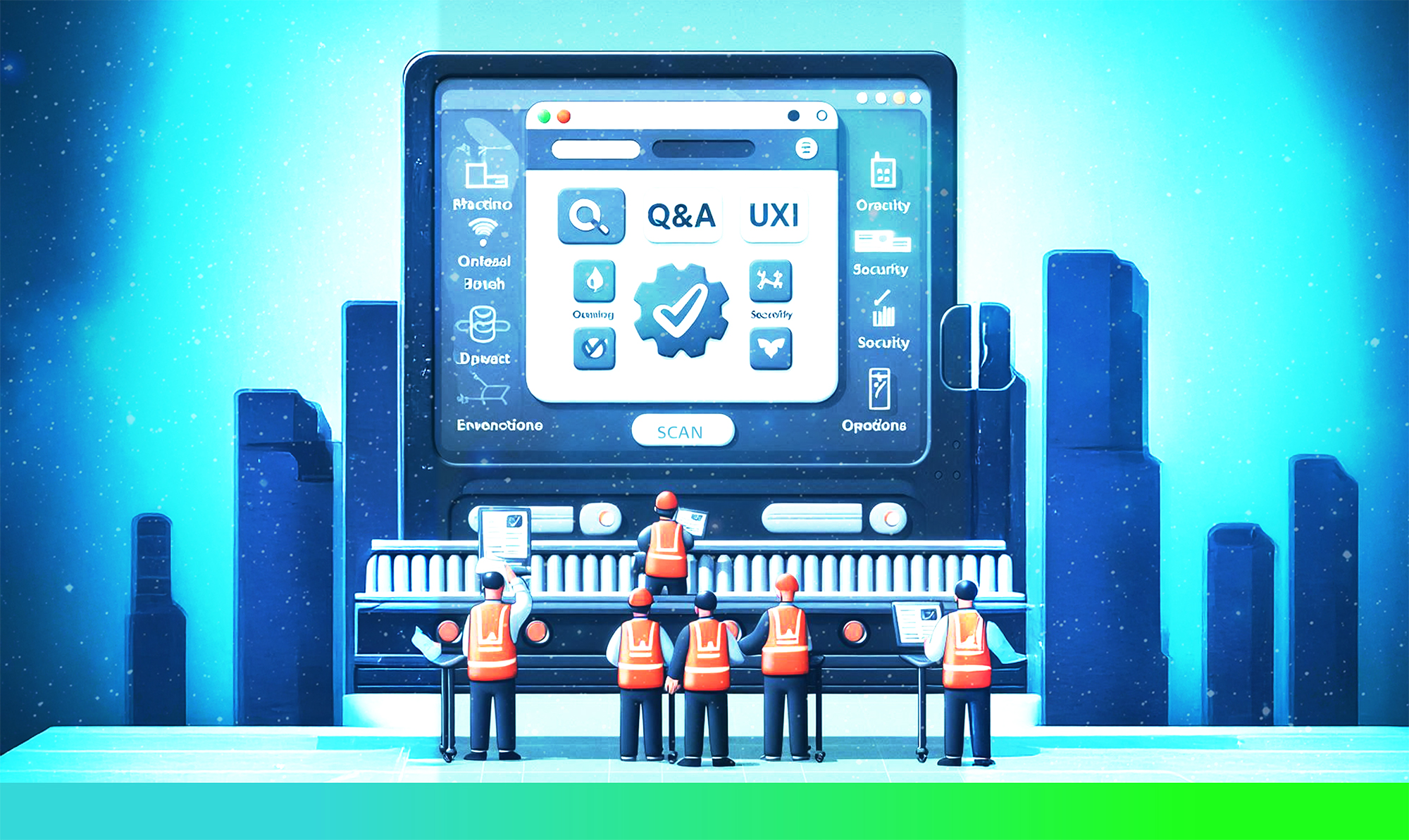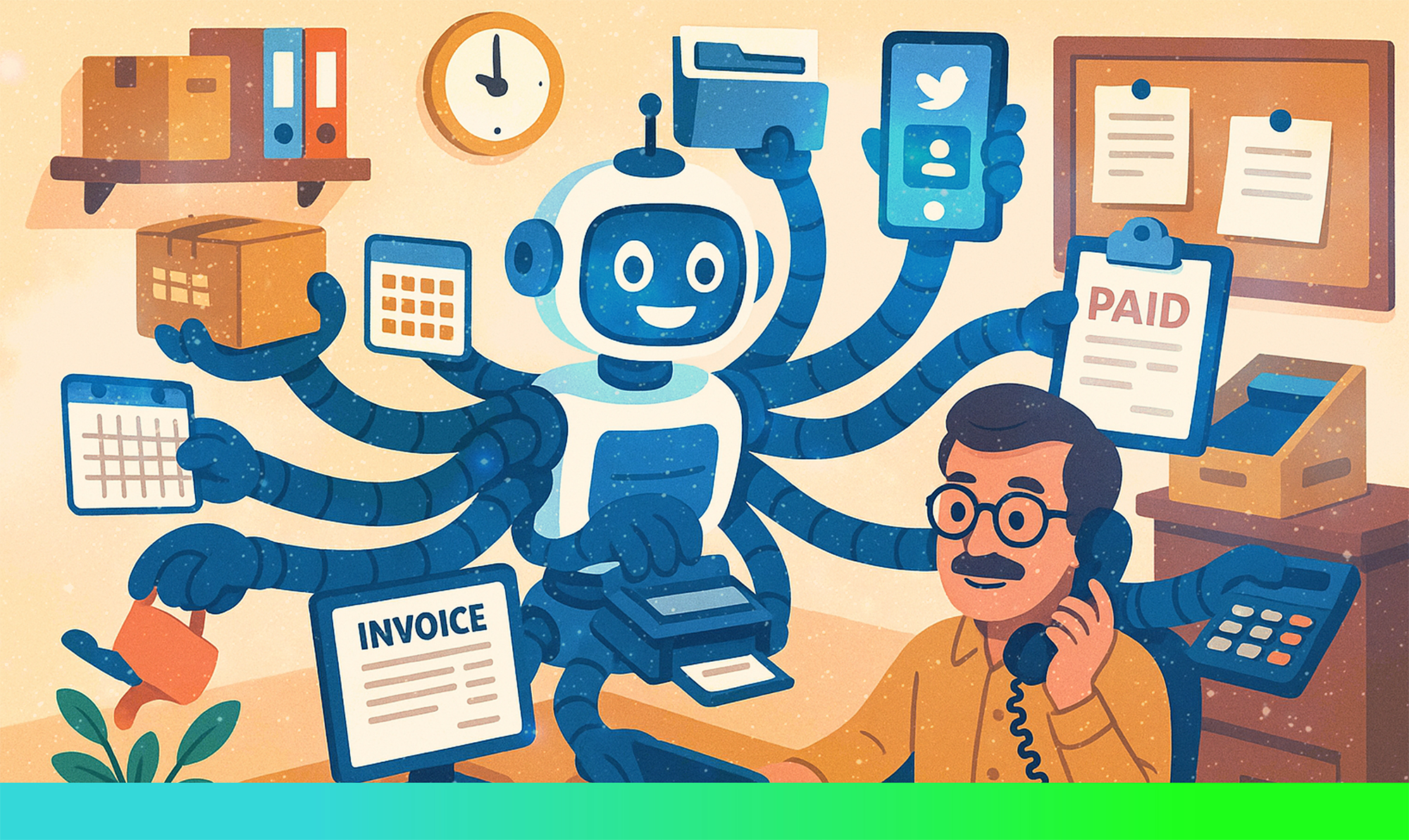
In the fast-paced world of SaaS, where frequent updates, user growth, and global accessibility are the norm, Quality Assurance (QA) testing isn’t just helpful—it’s mission-critical. Whether you’re launching your MVP or scaling into enterprise territory, thorough testing ensures your platform remains reliable, secure, and scalable.
Let’s explore why QA matters so much in SaaS and the techniques every startup and scale-up should be using.
Why QA Testing Matters for SaaS Platforms
A well-tested SaaS application stands out with stability, trust, and a seamless user experience. Here’s why QA testing is essential:
- Prevents bugs and feature failures before they reach end users.
- Ensures data security, especially in multi-tenant environments.
- Supports continuous deployment without sacrificing quality.
- Protects brand reputation by reducing churn caused by poor UX.
- Validates integrations, scaling, and third-party API performance.
Without proper QA, even a great idea can collapse under real-world usage.
Common SaaS Testing Techniques
To ensure consistent quality and uptime, here are the core testing approaches used in SaaS development:
1. Functional Testing
Ensures all features work as intended (includes unit, system, and user acceptance testing). Tools: Selenium, TestComplete.
2. Regression Testing
Guarantees updates or new features don’t break existing functionality. Common in CI/CD environments.
3. Performance & Load Testing
Tests how your platform handles traffic spikes and concurrent users. Tools: JMeter, BlazeMeter.
4. Security Testing
Verifies data encryption, access control, and protection against threats like XSS and SQL injection. Tools: OWASP ZAP, Burp Suite.
5. Multi-Tenancy Testing
Ensures data isolation and configuration customisation per tenant, a cornerstone of SaaS architecture.
6. Compatibility Testing
Validates experience across browsers, OSs, and devices. Critical for SaaS apps with a global user base.
7. API Testing
Confirms your API endpoints are secure, stable, and fast. Tools: Postman, Swagger.
8. Backup & Disaster Recovery Testing
Simulates outages to verify recovery and business continuity protocols.
9. Usability Testing
Gathers user insights to optimise user interface and experience. May include A/B tests and heatmaps.
10. Data Integrity Testing
Crucial during migrations or data sync scenarios to maintain accuracy and compliance.
Benefits for Early-Stage SaaS Platforms (and Beyond)
Whether you’re building an MVP or moving towards enterprise scale, SaaS brings strategic advantages:
1. Rapid Go-to-Market
Quick cloud deployment enables fast iterations, early feedback, and a short time to value.
2. Lower Development Costs
No hardware, fewer DevOps concerns, and access to flexible infrastructure via AWS, GCP, or Azure.
3. Global Reach by Default
SaaS platforms are inherently remote-ready, with usage from any device, anywhere.
4. Scalability
Easily scale your infrastructure and app performance with demand using serverless or auto-scaling.
5. Recurring Revenue
The subscription model offers stable, predictable income with options like freemium, tiered pricing, or pay-as-you-go.
6. Security & Compliance
Centralised security controls, easier regulatory alignment (GDPR, HIPAA), and frequent patching.
7. Seamless Integration
API-first development makes it easy to connect with other tools and ecosystems.
8. Real-Time Analytics
Track behaviour, churn, and product usage to optimise your roadmap and growth strategies.
If you’re building or scaling a SaaS platform, QA testing isn’t optional—it’s foundational. By implementing the right testing techniques early, and understanding the inherent benefits of the SaaS model, you’re setting your product up for sustained growth and resilience.




